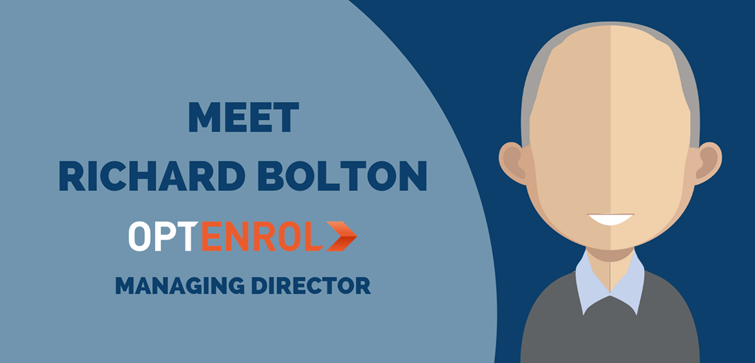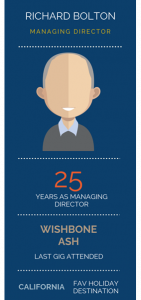The Pensions Regulator’s updated guidance on auto-enrolment and defined contribution schemes is likely to lead to large numbers of mistakes being made, some experts predict, as employers have to grapple with the bifurcated system resulting from the slow death of furlough.
The guidance, published on 15 June, sets out the terms by which employer contributions must be calculated as employees begin to take on more part-time work. Employers are left with the unenviable task of having to account separately for contributions payable for the hours spent working, on top of those spent furloughed.
In those cases where employees return to work on a part-time basis, the guidance covers how that will impact the grant currently available – until August 1 – to employers to meet their auto-enrolment contributions.
Payroll processes and pension contributions
Even if you are making a claim under the Coronavirus Job Retention Scheme, your normal payroll process still runs as usual. If you have reduced your furloughed staff’s pay to the lower of 80% of their pay or £2,500 a month, you will run your payroll as normal on this amount of pay. If you have chosen to top up your furloughed staff’s pay, you will run payroll as normal using this amount of pay.
When paying your furloughed staff, deductions such as tax and national insurance contributions as well as pension contributions will continue to be made from your furloughed member of staff’s pay and paid as usual. You and your furloughed staff’s pension obligations remain unchanged, you will still upload the contribution schedules to your pension provider, and pay the staff and employer pension contributions over to the pension scheme calculated on the furlough pay.
Automatic enrolment duties for furloughed staff
As with your staff still working, automatic enrolment duties for furloughed staff apply as normal, and you will assess them based on the amount of money you are paying them. This means that if you have agreed to reduce their pay, you will be assessing them based on the reduced amount.
Working while on furlough – this applies from 1 July 2020
From 1 July 2020, staff on furlough will be able to work for you for part of the furlough period. You will need to have agreed how many hours your member of staff will work for you and the pay for these hours. HMRC provides detailed guidance, including examples of how to work out the furlough pay to be paid alongside. When working out the furlough pay the previously agreed furlough pay (ie the lower of 80% of their wages or £2,500 a month) will be adjusted proportionately.
In each pay period, you need to calculate the total pay (pay for hours worked plus adjusted furlough pay) and pay this through your normal payroll process using this total amount of pay. You should calculate staff and employer pension contributions as normal on this amount of pay. For example, if a member of staff earns £100 for hours worked and has adjusted furlough pay of £50 for the remainder, you will run payroll on £150 in the pay period as normal and calculate and pay the pension contributions due under your pension scheme rules on £150.
You will need to know the amount of furlough pay included in the total pay for the pay period as it is only on this amount that you may claim a grant for up to the statutory minimum employer pension contribution (for claims ending before 1 August 2020 only). In the example above, you will only be able to claim a grant of up to the statutory minimum AE employer contribution on £50 following the rules set out in HMRC’s guidance on calculating the pensions element of the grant.
Automatic enrolment
If a member of staff meets the criteria to be put into a pension scheme, you must enrol them whether they are furloughed or not. Or, you can also use postponement which postpones putting newly eligible staff into a pension scheme for up to three months.
If a member of staff triggers automatic enrolment during the furlough period, for example because they turn 22 and their earnings meet the criteria to be automatically enrolled and it is not at the end of postponement period, you can put them into your pension scheme or delay putting them into the pension scheme for up to three months by using postponement.
If a postponement period ends during the furlough period and your member of staff meets the criteria to be put into a pension scheme, you cannot use postponement again and must put them in.
The effect of reducing your furloughed member of staff’s pay may mean that they will never meet the criteria to be put into a pension scheme during the furlough period, even when working part of the time. When their pay increases after the furlough has ended, you must continue to assess them and enrol them if they are eligible. Your member of staff can ask you to put them back into a pension scheme before this.
You can read the full guidance from the Pension Regulator here.
The team at OptEnrol is here to help with ensuring your contributions are correctly calculated during this period.






 We here at OptEnrol really have become the auto enrolment specialists which has been reflected in our growth, assessing over 63,000 employees each month. Naturally, we’re on the lookout for lots more as the service accepts all sizes and complexities of workforce. Advisers using other assessment services have recently been attracted to OptEnrol’s low charges, pay-only-as-you-use basis as well as the great customer service from our dedicated and fantastic support team who are there to help whenever you need them.
We here at OptEnrol really have become the auto enrolment specialists which has been reflected in our growth, assessing over 63,000 employees each month. Naturally, we’re on the lookout for lots more as the service accepts all sizes and complexities of workforce. Advisers using other assessment services have recently been attracted to OptEnrol’s low charges, pay-only-as-you-use basis as well as the great customer service from our dedicated and fantastic support team who are there to help whenever you need them.